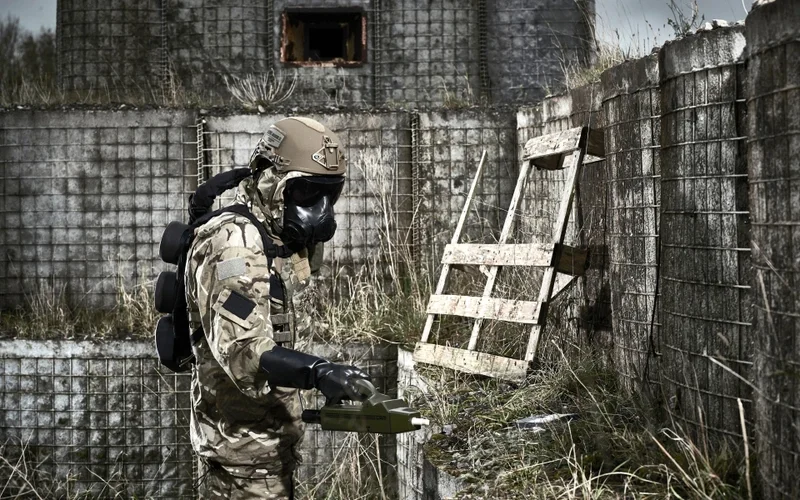
- Strong momentum continues
- New European NATO orders
- Revenue growth and margin guidance raised
Tragically, the world is becoming a more dangerous and unpredictable place and business is booming for defence-related stocks as NATO allies ramp-up spending.
Among the beneficiaries of this volatile geopolitical backdrop is protective equipment leader Avon Technologies (AVON), the Wiltshire-based outfit whose wares are trusted to protect the world’s militaries and first responders.
The shares surged 7.3% to £14.70 in early dealings on 26 March after the group upgraded full-year 2025 revenue guidance off the back of strong first half trading and a swelling order book.
BUMPER DEMAND
Trading momentum has remained positive through the second quarter, revealed Avon Technologies, which is currently seeing higher-than-expected demand for all its core products including helmets, respirators and underwater rebreathers.
Results for the half ending 31 March 2025 are expected to show ‘good growth’ over the prior year, insisted Avon, and the additional demand will result in full-year 2025 revenue growth being higher than previously expected.
Accordingly, the company upgraded its current year revenue growth guidance to ‘in excess’ of 10%, up from earlier guidance of mid-single digit growth, and nudged up its adjusted operating profit margin guidance from 11.5% to 12% to boot.
BULGING ORDER BOOK
Avon Protection also revealed the receipt of two new European NATO orders for personal respirators for delivery to the Armed Forces of Ukraine.
Both orders are for delivery in calendar year 2025 with some deliveries expected to be completed early in full-year 2026.
In addition, the firm has signed a new framework deal with two European Navies for its rebreathers, with the quantities and delivery schedule to be finalised.
PROUD CONTRIBUTION
CEO Jos Sclater said he was ‘proud of the contribution that Avon continues to provide to the security of NATO nations. The additional orders for provision of respiratory protection to Ukrainian war fighters and rebreathers for military divers allows both users to operate with confidence, knowing they are protected against increasingly prevalent threats in the harshest and most demanding environments.’
Sclater added: ‘Our growing order book, progress closing our California facility and the culture, capability change and pace we are seeing as we implement continuous improvement across the group all give us confidence for the medium term and beyond.’




